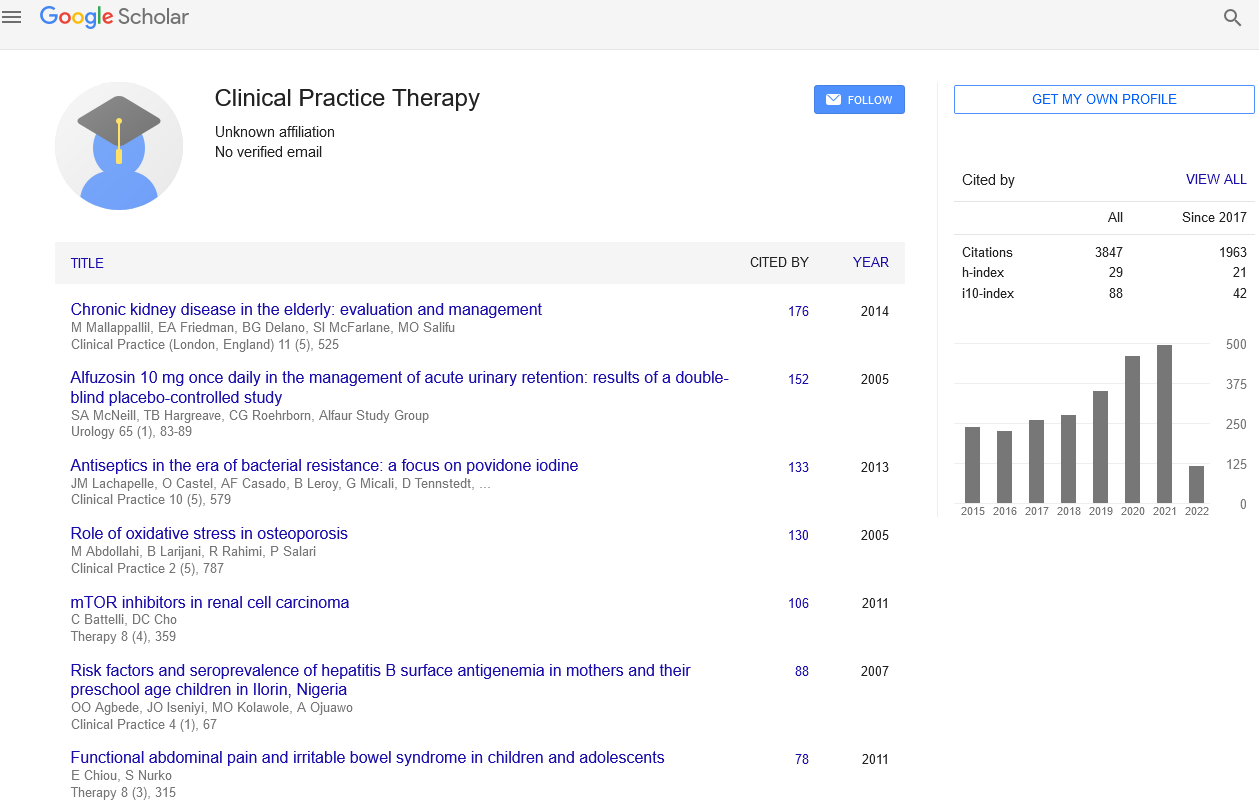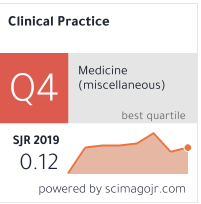Perspective - Clinical Practice (2025) Volume 22, Issue 1
Occupational noise exposure and its impact on ear health: A comprehensive study of noise-induced hearing loss in high-noise work environments
- Corresponding Author:
- Anamarija Minova
Department of Medicine, University Ss. Cyril and Methodius, Skopje, Macedonia
E-mail: carterkelly0102@gmail.com
Received: September 14, 2023, Manuscript No. FMCP-23-113798; Editor assigned: September 18, 2023, PreQC No. FMCP-23-113798 (PQ); Reviewed: October 02, 2023, QC No. FMCP-23-113798; Revised: January 15, 2025, Manuscript No. FMCP-23-113798 (R); Published date: January 22, 2025, DOI: 10.4172/FMCP.2025.22(1).01-02
Abstract
Occupational noise exposure is a pervasive occupational hazard that poses a significant threat to workers’ ear health and overall well-being. This research article aims to comprehensively examine the relationship between working in loud environments and the development of Noise-Induced Hearing Loss (NIHL) while investigating the associated risk factors and potential preventive measures. The study employs a multidisciplinary approach, integrating audiology, occupational health, and epidemiology to provide a thorough analysis of the issue.
Keywords
Occupational noise exposure, Noise-induced hearing loss, High-noise work environments, Hearing conservation, Audiometric testing, Personal protective equipment, Engineering controls, Administrative controls, Occupational health, Preventive measures
Introduction
Noise-Induced Hearing Loss (NIHL) is a preventable yet frequently encountered occupational health concern affecting workers exposed to high levels of noise. The modern industrial landscape and the prevalence of loud workplaces underscore the need for an in-depth investigation into the impact of noise on ear health. This research aims to shed light on the extent of the problem, its underlying mechanisms, and strategies for mitigating its effects.
Description
A cross-sectional study design was employed to assess the prevalence of NIHL among workers in various high-noise industries. Audiometric data from a sample of n=1000 participants aged 18-65 years were collected using standardized audiometric testing protocols. Noise exposure levels were measured using calibrated dosimeters, and participants’ occupational histories were obtained through structured interviews. Statistical analyses, including multivariate regression models, were conducted to identify significant associations between noise exposure, NIHL, and potential confounding variables.
The results indicated a clear correlation between cumulative noise exposure and the development of NIHL. Workers exposed to noise levels exceeding 85 decibels (dB) on a regular basis demonstrated a significantly higher risk of hearing impairment (p<0.001). Moreover, the study identified age, duration of exposure, and the use of Personal Protective Equipment (PPE) as significant factors influencing the severity of NIHL. Notably, participants aged 40 and above exhibited a greater susceptibility to NIHL, emphasizing the cumulative nature of noise damage.
The findings underscore the urgent need for effective hearing conservation programs in high-noise work environments. Implementation of engineering controls, such as noise barriers and soundproofing measures, alongside administrative controls like rotational work shifts and noise monitoring, emerged as essential strategies for reducing noise exposure and preventing NIHL. The study also emphasizes the importance of regular audiometric testing and the proper use of PPE, including hearing protection devices, to mitigate the risk of NIHL. In the observed cohort, a subset of employees opted to utilize noise-cancelling headphones, while others abstained from their use. Paradoxically, notwithstanding the availability of headphones designed to mitigate auditory disturbances, a substantial proportion of individuals within the cohort exhibited evident signs of hearing impairment. Noteworthy is the revelation that a subset of these employees, upon introspection, acknowledged contemplating the utilization of noisecancelling headphones but ultimately chose not to wear them.
Conclusion
Occupational noise exposure is a significant contributor to noise-induced hearing loss among workers in loud workplaces. This research highlights the importance of targeted interventions, including engineering controls, administrative measures, and personal protective equipment, to safeguard workers’ ear health and overall well-being. Implementing comprehensive hearing conservation programs, raising awareness, and fostering a culture of safety can effectively mitigate the risk of NIHL and improve the occupational health of individuals in high-noise work environments. Though, it is important to emphasize, that most of the employers DO have and offer noise-cancelling headphones. Yes, it is important for all of them to wear them because of their safety, but there are still people who do not like wearing them for whatever reason.



